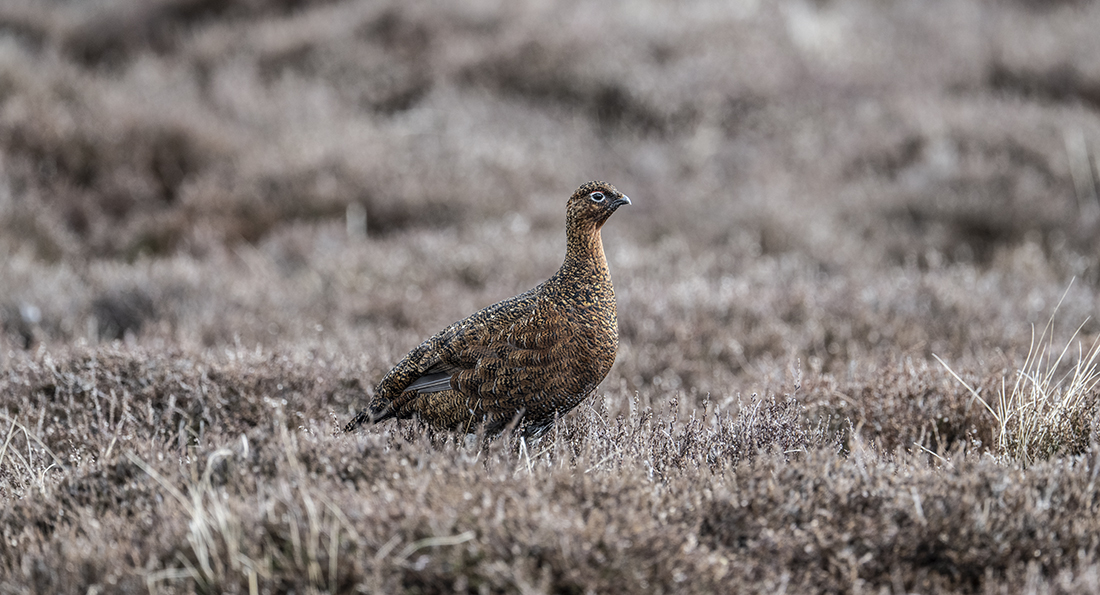Moorland
Redmire Moor
Moorland is a characteristically British type of upland environment, distinct from mountains. There are different types of moor, depending on rainfall and management. Redmire Moor is fairly dry, being to the east of the Pennines. Typically, moorland is covered by acidic peat, often to a depth of several metres, and usually features tough grasses, sedges and rushes. Areas of blanket bog, dominated by sphagnum mosses are common.
The elevation of Redmire Moor varies from 280 - 470 metres above sea level, making it relatively low compared with most Yorkshire Dales moors. There is also the extensive Cobscar Rake, a former lead mining site, described on the mining page.The top layer of rock is a rough sandstone known as millstone grit. There are no farm buildings or houses on the moor, but nearby moors show extensive remains of prehistoric cultivation. The northern boundary of Redmire Civil Parish follows the watershed over the moor, between this part of Wensleydale and Swaledale. Immediately below the moor, to the south, is a disused limestone quarry.
Red Grouse

Intensive sheep grazing has given way to heather management and wildlife conservation. Redmire Moor is managed for ling heather, Calluna vulgaris, the food of the Red Grouse, Lagopus lagopus, the basis of the grouse shooting industry. The photograph above shows a female (hen) Red Grouse. Heather burning, a controlled burning to remove old growth, is one aspect of heather management.
Redmire Moor
Slide 1: Heather moor. Golden Groves, looking west over Apedale. June
Slide 2: Calluna vulgaris. Ling heather management, showing burnt heather (left) and regrowth. Redmire Moor. June.
Slide 3: Calluna vulgaris, Ling heather in flower. Redmire Moor. August.
Slide 4: Juncus inflexus, Hard Rush and Pteridium aquilinum, Bracken. Redmire Moor. June.
Slide 5: Boggy ground at the top of Redmire Moor, near a boundary stone called Height of Brownseat. Looking east towards Preston Moor. February.
Slide 6: Boundary wall at the top of Redmire Moor, with the boundary stone, Height of Brownseat. February.
Slide 7: Numenius arquata, Curlew. Landing on Golden Groves, Redmire Moor. June.






